Archives
- 2025-12
- 2025-11
- 2025-10
- 2025-09
- 2025-03
- 2025-02
- 2025-01
- 2024-12
- 2024-11
- 2024-10
- 2024-09
- 2024-08
- 2024-07
- 2024-06
- 2024-05
- 2024-04
- 2024-03
- 2024-02
- 2024-01
- 2023-12
- 2023-11
- 2023-10
- 2023-09
- 2023-08
- 2023-07
- 2023-06
- 2023-05
- 2023-04
- 2023-03
- 2023-02
- 2023-01
- 2022-12
- 2022-11
- 2022-10
- 2022-09
- 2022-08
- 2022-07
- 2022-06
- 2022-05
- 2022-04
- 2022-03
- 2022-02
- 2022-01
- 2021-12
- 2021-11
- 2021-10
- 2021-09
- 2021-08
- 2021-07
- 2021-06
- 2021-05
- 2021-04
- 2021-03
- 2021-02
- 2021-01
- 2020-12
- 2020-11
- 2020-10
- 2020-09
- 2020-08
- 2020-07
- 2020-06
- 2020-05
- 2020-04
- 2020-03
- 2020-02
- 2020-01
- 2019-12
- 2019-11
- 2019-10
- 2019-09
- 2019-08
- 2019-07
- 2019-06
- 2019-05
- 2019-04
- 2018-11
- 2018-10
- 2018-07
-
Decreasing GSK activity has therapeutic
2022-03-21
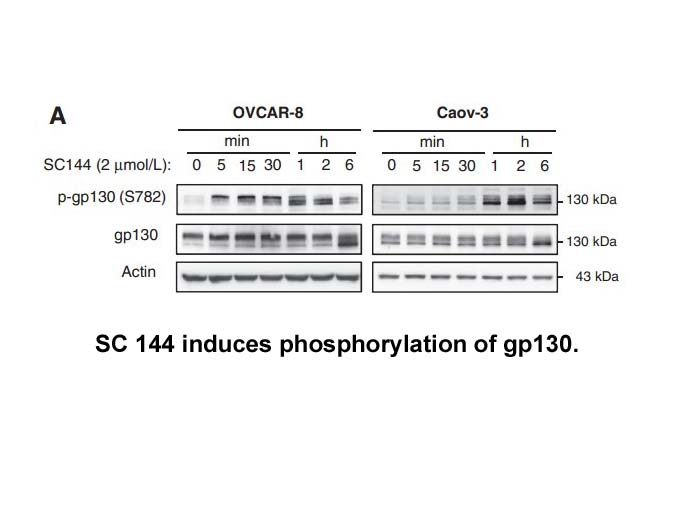
Decreasing GSK-3β activity has therapeutic benefits in animal model of colitis [45] and traumatic Teicoplanin injury [46] and ischemia/reperfusion injury [47,48]. In brain, activation of GSK-3β promotes Aβ toxicity by elevating APP expression and its amyloidogenic cleavage, and by dysregulating Aβ c
-
Nalidixic acid sale As natural ligands of GPR several long c
2022-03-21
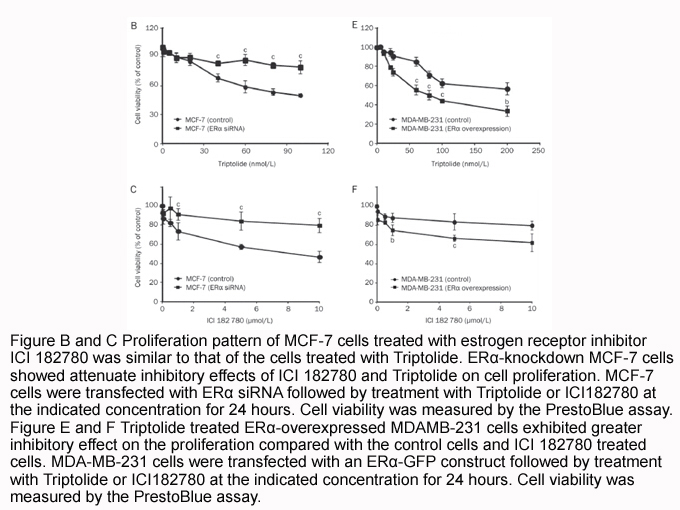
As natural ligands of GPR120, several long chain polyunsaturated fatty acids (Lc-PUFAs) have been demonstrated to modulate the 3T3-L1 adipogenic differentiation. However, the effects of the Lc-PUFAs are inconclusive. DHA is shown to inhibit, promote or even not affect the differentiation of preadipo
-
Strengths The primary feature of
2022-03-21
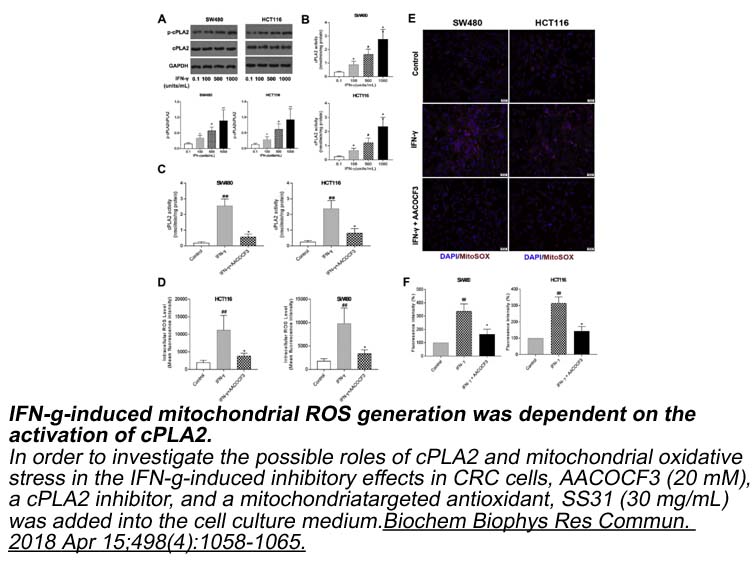
Strengths The primary feature of GPR119 agonists resides in their dual mechanism of action in regulating blood glucose 1, 2, 3, 15. GPR119 agonists stimulate GLP-1 release from intestinal L Nystatin as well as glucose-dependent insulin secretion and insulin promoter activity enhancement in pancrea
-
Selection of the month br Fibrosis br Liver protection devic
2022-03-21

Selection of the month Fibrosis Liver protection device Non-alcoholic steatohepatitis Genetic metabolic liver disease Hepatitis C virus (HCV) infection Hepatitis B virus (HBV) infection Cirrhosis Regeneration Introduction Upon catalysis by hepatic and bacterial enzymes, c
-
br Conflicts of interest br Introduction Antiretroviral ther
2022-03-21
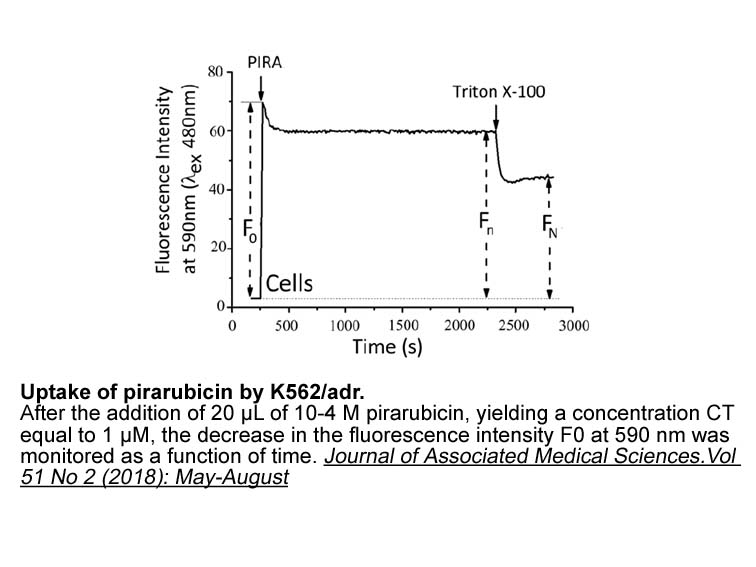
Conflicts of interest Introduction Antiretroviral therapy (ART) is effective in reducing mortality (Detels et al., 1998), and preventing mother-to-child transmission (MTCT) (CDC, 1994, Connor et al., 1994) and sexual transmission of HIV (Cohen et al., 2011). However, the optimal time to start
-
br Competing interests br Introduction An effective vaccine
2022-03-21

Competing interests Introduction An effective vaccine against the Human immunodeficiency virus (HIV) is still to be created, even though many strategies have already been tried [1]. Antibodies against a vaccine antigen must be either neutralizing or inducing cellular cytotoxicity [1]. It is kn
-
The HRTOF MS of showed a quasi molecular
2022-03-21
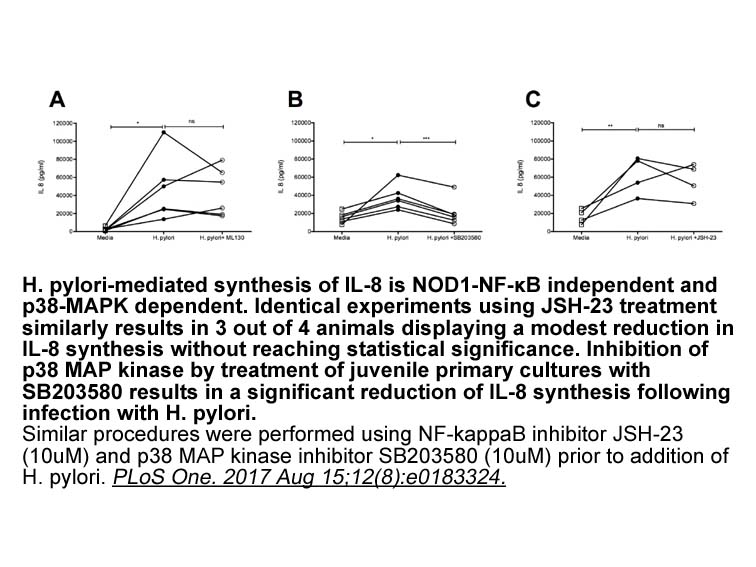
The HRTOF-MS of showed a quasi-molecular ion peak at / 525.3044 [M+Na], corresponding to a quasi-molecular formula of CHNONa (Calcd for CHNONa: 525.3053). IR absorptions at 1680 and 1522cm suggested the presence of amide functions. Based on an analysis of 1D and 2D NMR spectra, the presence of one p
-
The facts mentioned above indicate that
2022-03-21
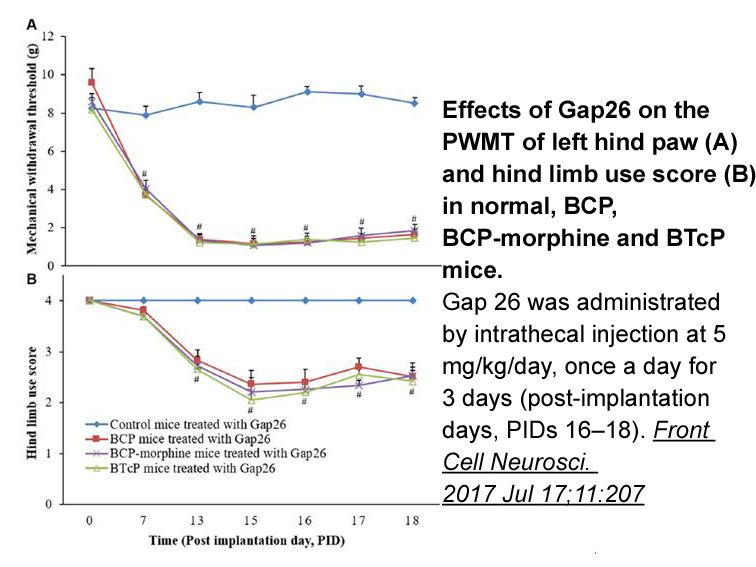
The facts mentioned above indicate that glycine function in brain is tightly regulated or pathologically altered mostly by glycine transporters. Modification of cytosolic regions of transporters, which interconnect them with intracellular regulatory pathways, could be one of the ways to provoke brai
-
br Glycoprotein Production br Strategies to Obtain Glycoprot
2022-03-21
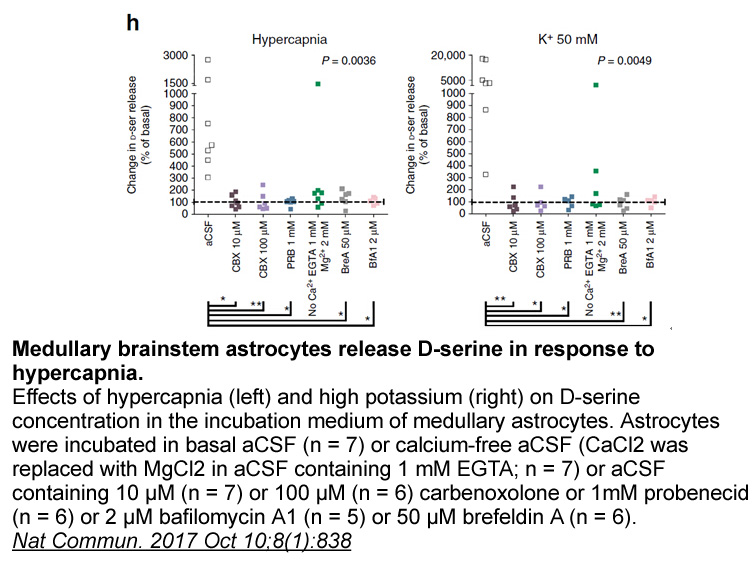
Glycoprotein Production Strategies to Obtain Glycoprotein Compositional Homogeneity Glycoproteins are modified by glycosyltransferases and glycosylhydrolases in the ER and Golgi; however, the degree of remodeling for each glycan on each protein is not explicitly defined by a template (Moremen
-
Finally the results in this
2022-03-21
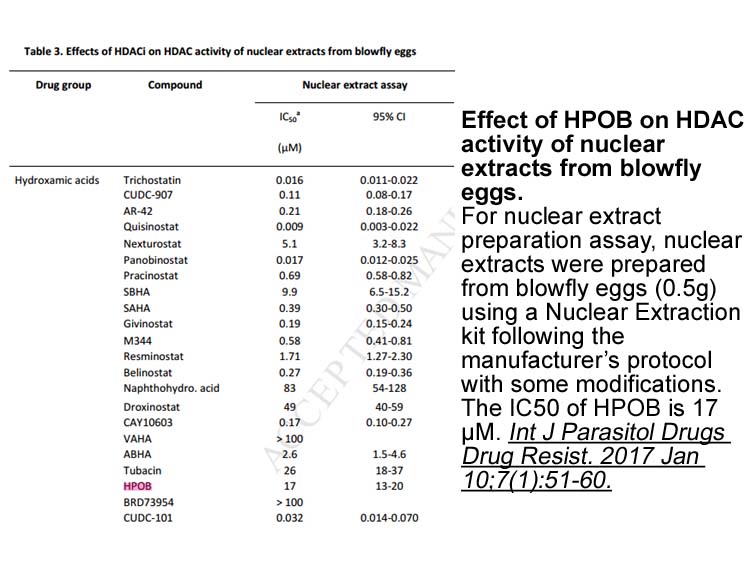
Finally, the results in this article indicate that atomistic MD in conjunction with computational electrophysiology and ion-permeation simulations provide a useful tool for the functional annotation of ion-channel structures. In particular, they exemplify how MD simulations in native lipid membranes
-
Molecular dynamics studies have proved an effective means of
2022-03-21
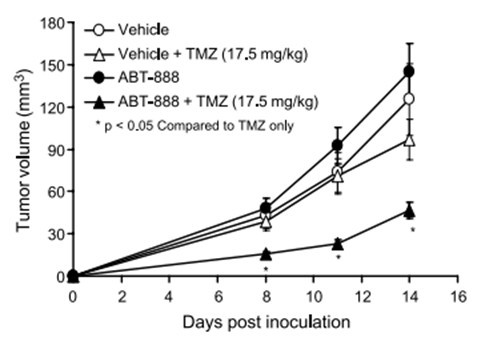
Molecular dynamics studies have proved an effective means of characterising transition state pathways between the inward- and outward-facing states, and providing the relative propensity for each state. For example, long-timescale simulations of the membrane-embedded LeuT dimer, totalling ∼21 μs, ha
-
To further implicate the role of EAAT
2022-03-21
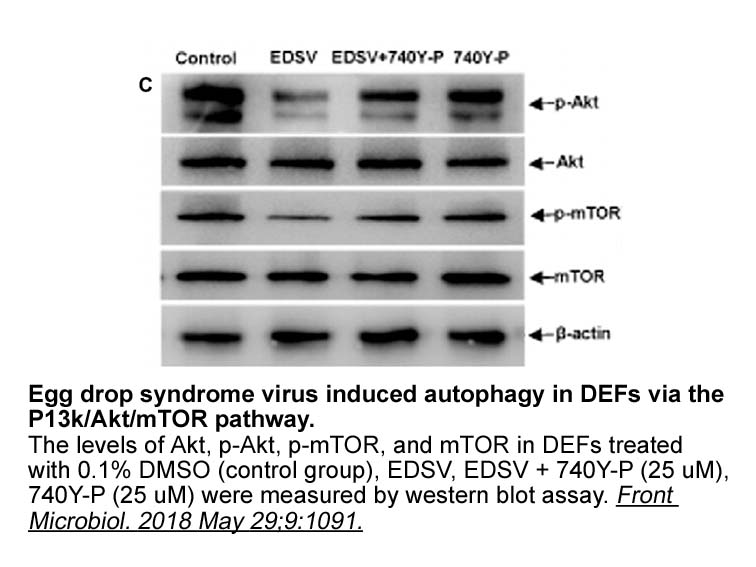
To further implicate the role of EAAT3 in morphine-induced place preference, the effects of morphine on EAAT3 lxr agonists was determined. Interestingly, morphine increased EAAT3 protein expression in the plasma membrane of mPFC, nucleus accumbens and VTA but not in the hippocampus of wild-type mice
-
During the tests in vitro SHP showed the
2022-03-21
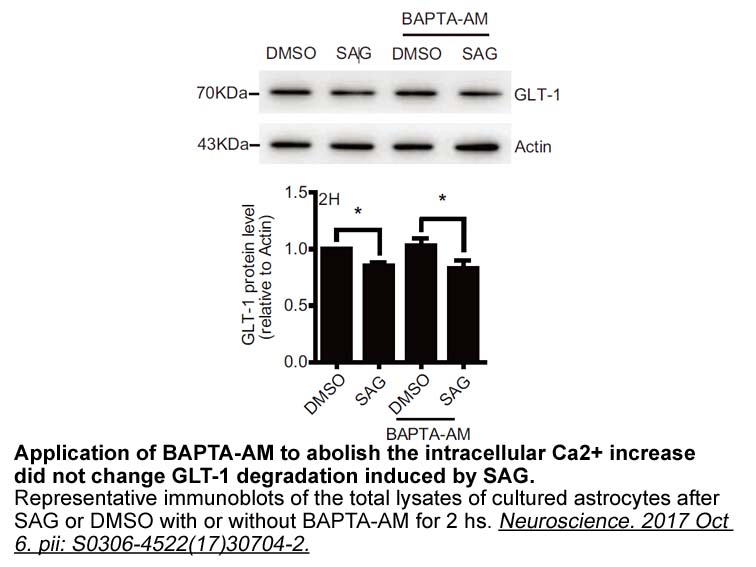
During the tests in vitro, SHP289-04 showed the beneficial effect on both two important aspects. In human liver carcinoma cell line HepG2, it was found to improve glucose consumption significantly. Otherwise, in pancreas cell line NIT1, it could only promote insulin secretion significantly at high g
-
dhfr inhibitor In this study our result suggests that exogen
2022-03-21
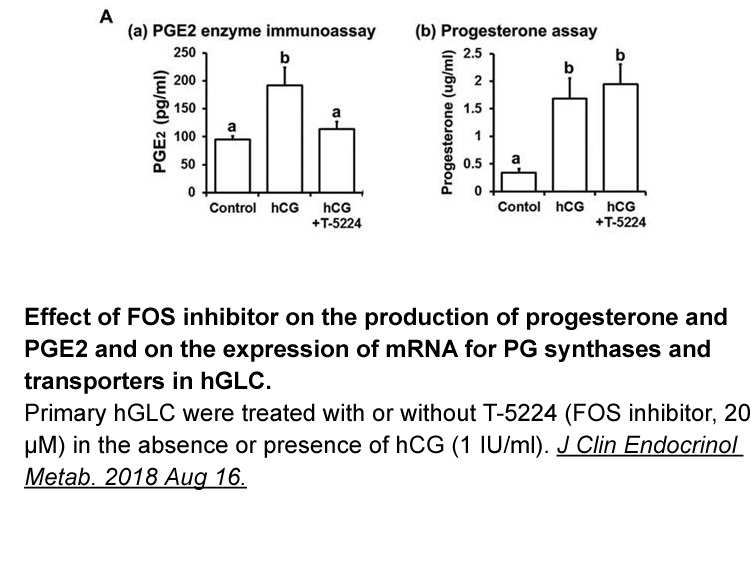
In this study, our result suggests that exogenous GR agonist DEX and GR inhibitor RU486 can affect dopaminergic neurotransmitters in the brain. Pituitary adenylate cyclase-activating polypeptide (PACAP), an endogenous neuropeptide, can regulate the synthesis and release of catecholamine. McArthur et
-
To directly address whether pharmacological attenuation of p
2022-03-21
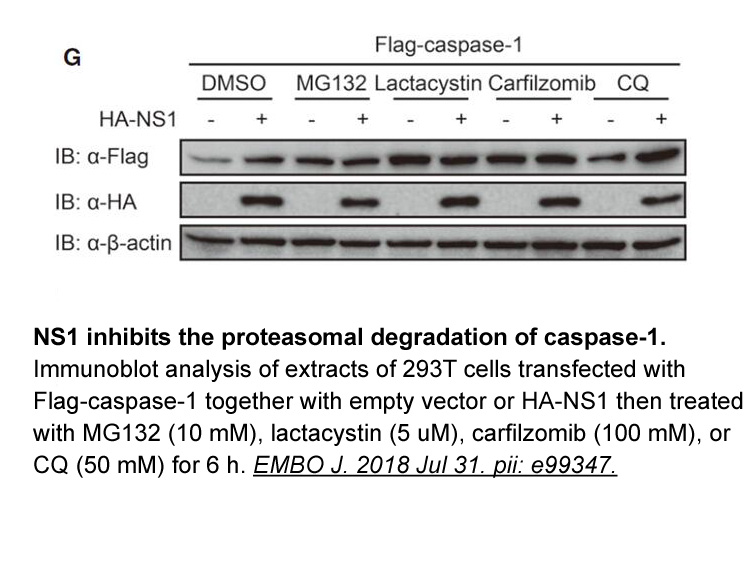
To directly address whether pharmacological attenuation of physiological GIP provides therapeutic benefits in obese mice, we pursued a selective long-acting antagonist to complement the work we report on GIPR agonism. We report a GIP analog of sufficient aqueous solubility that employs a shortened N
16226 records 477/1082 page Previous Next First page 上5页 476477478479480 下5页 Last page